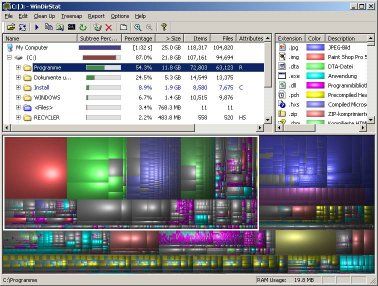I use several things for my phone system. I use a combination of SIP phones and services.
I have phone service from 3 different places:
For a US phone number, BinFone is $7.50/month plus 2¢ per minute. That’s about as cheap as I’ve seen anywhere. It’s pay per minute but if you are a reasonable phone talker, as in you’re not on the phone for more than about 800 minutes a month, it really works out in the long run.
However, I have something even better… OVH offers partially unlimited dialing to 40 countries (including the US/Canada, all of Europe, Australia and New Zealand) for €1.20/month! The limit is a little strange. They let you dial 99 different numbers in a month, up to 1hr per call, after that, it’s €0.02/min. That means, if you call the same number (within these 40 countries) 200 times, but each time < 1hr, there’s no extra charge.
Lastly, because it was totally free, I have an 0845 number through sipgate.co.uk. It is supposedly a local call from anywhere in the UK but realistically some telephone companies in the UK, and cell phones, charge more than a local call to call an 0845 number. But there’s no charge for me to receive such calls.
I have a Siemens GigaSet A580 IP which I can program in up to 6 SIP accounts and connect an analog phone to it (which I don’t have anymore).
Though I don’t specifically need it, it’s nice to be able to have a little bit more control over things like being able to assign extensions to my phones. For this, I would need an IP PBX like an Asterisk box running somewhere. However, this would render my little A580 less portable. Fortunately there are several free or inexpensive hosted IP PBX providers out there. Currently I am using PBXes.org. They have a free option which suites me perfectly. Astonishingly, with their free offer, they limit calls to 1hr. Well, with OVH and their partially limited plan of charging for calls longer than 1hr, that suits me just fine. I rarely talk on the phone more than an hour anyway.
For my Android phone, I recently installed SipDroid. This lets me place and receive calls on my mobile phone over SIP. I currently use it only over the wifi. My mobile phone provider (Orange.fr) does not like people using SIP over their internet service because it eats up too much bandwidth. When I said I didn’t specifically need PBXes.org, this isn’t quite true. In order to configure more than one SIP device, one needs a PBX. So with my Gigaset and SipDroid, PBXes.org or an IP PBX is in fact needed.
I have to say this whole thing is pretty cool and has reduced my land line telephone communication costs to nearly nothing on top with making the whole thing portable.



